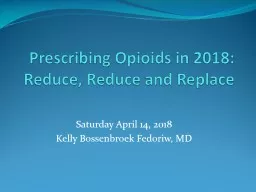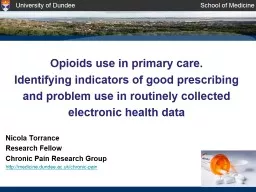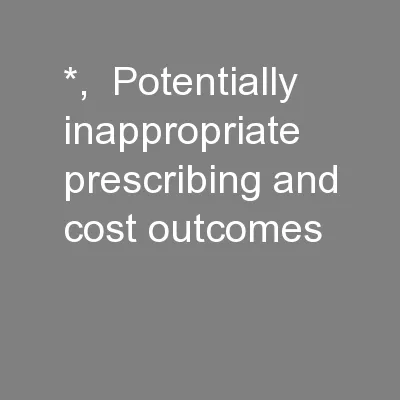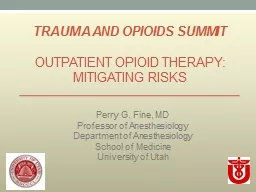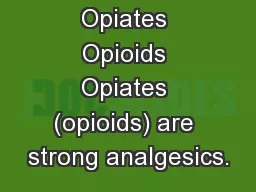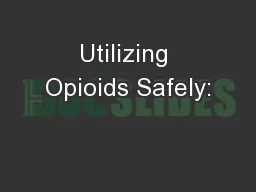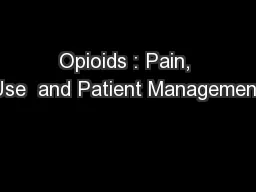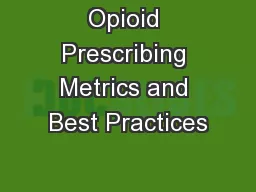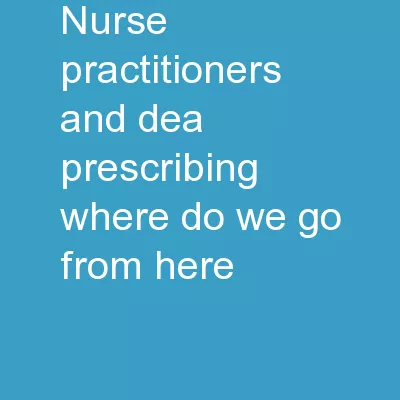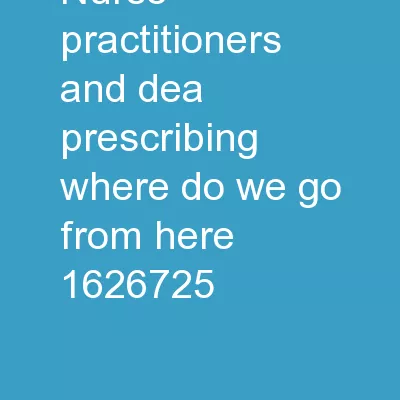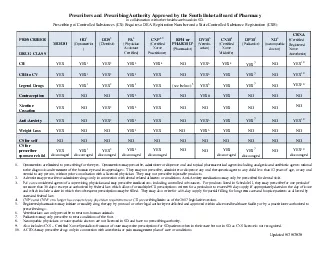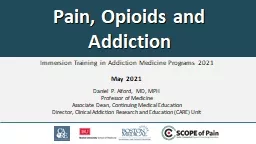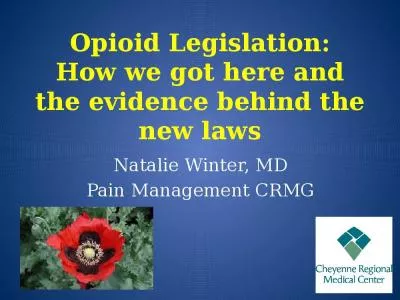PPT-Prescribing Opioids in 2018: Reduce, Reduce and Replace
Author : natalia-silvester | Published Date : 2018-10-27
Saturday April 14 2018 Kelly Bossenbroek Fedoriw MD Opioid Crisis Kral LA Jackson K Uritsky T A practical guide to tapering opioids Ment Health Clin Internet 2015531028
Presentation Embed Code
Download Presentation
Download Presentation The PPT/PDF document "Prescribing Opioids in 2018: Reduce, Red..." is the property of its rightful owner. Permission is granted to download and print the materials on this website for personal, non-commercial use only, and to display it on your personal computer provided you do not modify the materials and that you retain all copyright notices contained in the materials. By downloading content from our website, you accept the terms of this agreement.
Prescribing Opioids in 2018: Reduce, Reduce and Replace: Transcript
Download Rules Of Document
"Prescribing Opioids in 2018: Reduce, Reduce and Replace"The content belongs to its owner. You may download and print it for personal use, without modification, and keep all copyright notices. By downloading, you agree to these terms.
Related Documents

